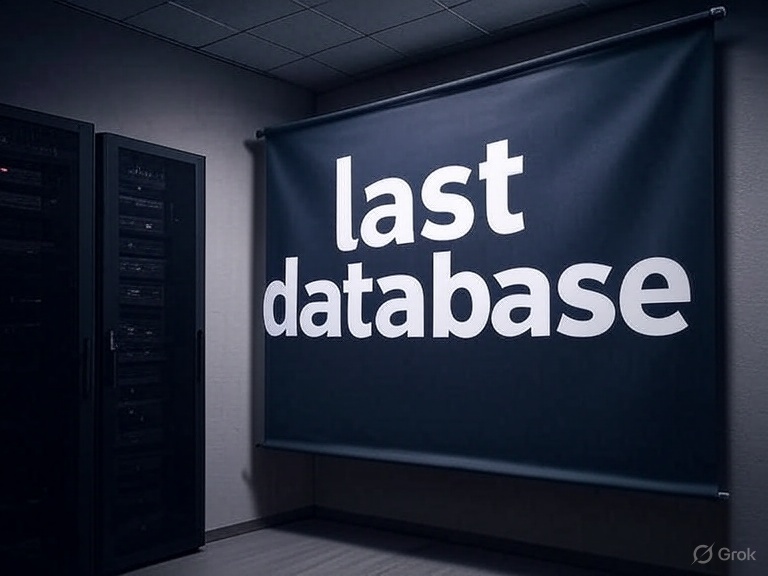Vendor and Technology
After narrowing down the database types, it’s time to evaluate specific vendors and technologies.
3.1. Consider Licensing and Cost Models
Open Source: Often free to use, but may require(e.g., Cognism, Kaspr, Hunter.io) for finding verified B2B email addresses (this is last database where “last database” might come in, offering pre-compiled lists). internal expertise for support and management.
- Commercial: Licensing fees, support contracts, potentially more robust features and enterprise-grade support.
- Cloud Services: Pay-as-you-go, often includes managed services, scaling, and backups. Understand the pricing tiers (compute, storage, I/O, data transfer).
-

Vendor and Technology Selection
3.2. Evaluate Performance Benchmarks
Look for independent benchmarks or essential steps to buying a database conduct your own proof-of-concept (POC) tests with your actual data and workload patterns.Consider factors like query execution time, data ingestion rates, and concurrency handling.

3.3. Assess Ecosystem and Community Support
Documentation: Is it comprehensive and easy to understand?Community: Is there an active community (forums, Stack Overflow) for support and troubleshooting?Tools & Integrations: Are there readily available tools for management, monitoring, ETL, and integration with other systems?Third-Party Support: Are there consultants or service providers available if you need external help?
3.4. Security Features
Encryption: Data at rest and in transit.Access Contro Role-based access control (RBAC), authentication mechanisms.Auditing: Ability to track database activities for compliance.Compliance Certifications: Does the vendor meet industry-specific regulations?
4. Proof of Concept (POC) and Testing
A critical step before making a final decision is to fax marketing conduct a POC.
4.1. Set Up a Test Environment
Deploy the shortlisted database candidates in a representative environment.Use a subset of your actual data, or generate realistic synthetic data.
4.2. Simulate Real-World Workloads
Run tests that mimic your application’s expected read, write, and query patterns.Test for peak loads, concurrency, and error handling.
4.3. Evaluate Performance and Scalability
Monitor key metrics: CPU utilization, memory usage, I/O operations, query response times.Test how the database scales under increasing load.
4.4. Assess Management Overhead
Evaluate the ease of installation, configuration, backup, recovery, and patching.Consider the effor trequired for ongoing maintenance and troubleshooting.
5. Deployment, Monitoring, and Optimization
Once you’ve made your decision and purchased/subscribed to your chosen database, the work isn’t over.
5.1. Strategic Deployment
Plan your deployment carefully, considering production environment setup, networking, and securityImplement proper backup and disaster recovery procedures from day one.
5.2. Continuous Monitoring
Set up robust monitoring tools to track performance, health, and resource utilization.Establish alerts for anomalies or potential issues.
5.3. Regular Optimization
Periodically review query performance, indexing strategies, and database configuration.As your data grows and application needs evolve, be prepared to optimize and potentially re-architect parts of your database solution.Buying a database is a significant investment that requires careful planning and thorough evaluation. By following these essential steps, you can confidently choose a database solution that not only meets your current needs but also provides a solid foundation for your future growth and innovation.
